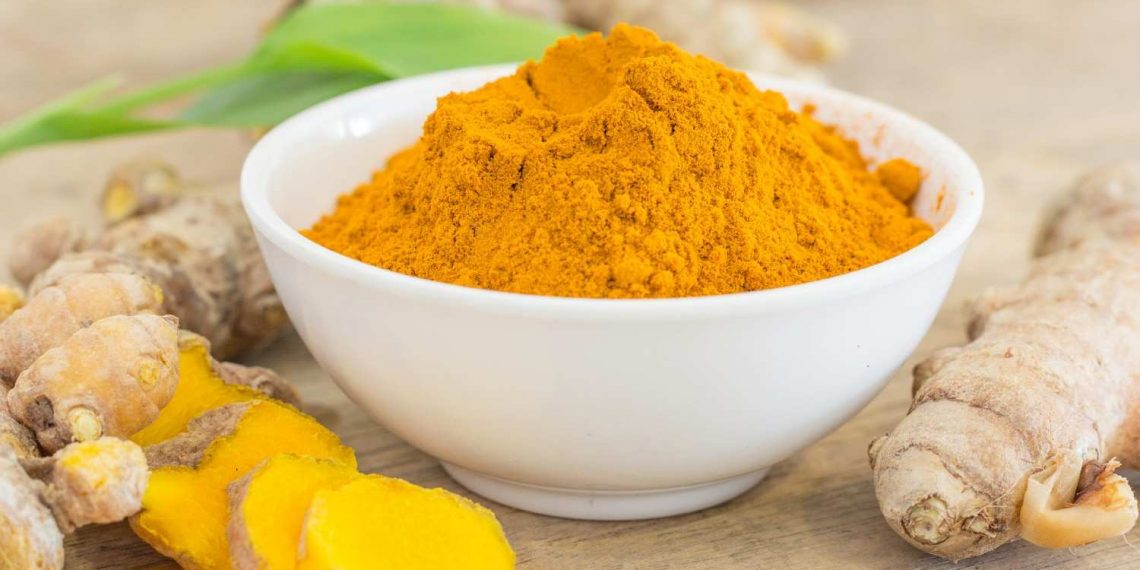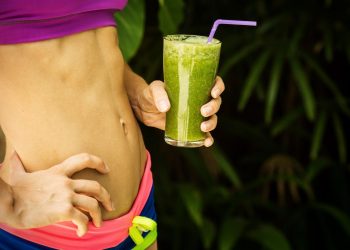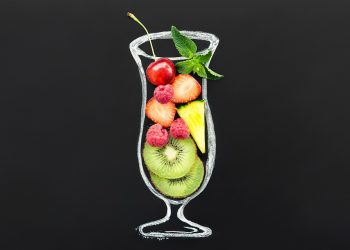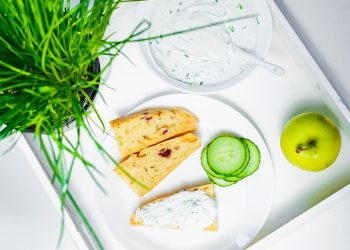Turmeric, often referred to as “golden spice,” has been a staple in kitchens around the world, particularly in South Asian cuisine. But its allure goes beyond flavor; turmeric has gained attention for its potential health benefits, especially in the realm of muscle swelling and inflammation. If you’re an athlete, weekend warrior, or just someone dealing with the occasional discomfort, you might be intrigued by how this vibrant spice can add value to your recovery routine.
Contents
1. Anti-Inflammatory Properties
One of the most well-known benefits of turmeric is its powerful anti-inflammatory effects. The active compound in turmeric, curcumin, has been studied extensively for its ability to reduce inflammation in muscles and joints.
In a 2016 study published in the Journal of Dietary Supplements, researchers found that curcumin could significantly lower inflammatory markers in participants suffering from various types of inflammation, including muscle swelling resulting from exercise-related microtrauma [1]. This suggests that incorporating turmeric into your diet might help mitigate the swelling that occurs after intense workouts or physical exertion.
However, while turmeric’s anti-inflammatory properties are promising, it’s important to note that the bioavailability of curcumin is relatively low. This means that not all of it is absorbed effectively by your body. Combining turmeric with black pepper, which contains piperine, can enhance curcumin’s absorption significantly, making the most of its benefits [2].
2. Accelerated Muscle Recovery
For those who engage in regular physical activity, muscle recovery can be a critical aspect of performance. Studies have shown that curcumin may play a role in enhancing muscle recovery after strenuous workouts.
A randomized controlled trial published in the Journal of Physiology and Pharmacology in 2020 found that participants who consumed curcumin supplements experienced reduced muscle soreness and faster recovery compared to those who did not [3]. This could translate to less downtime between workouts, allowing for a more consistent training regimen.
Despite these encouraging findings, some experts advise caution. While turmeric can help, it’s not a replacement for well-rounded recovery practices, including rest, hydration, and proper nutrition. Rather, turmeric can be a complementary addition to a more comprehensive recovery strategy.
3. Pain Relief with Fewer Side Effects
Turmeric is often touted for its potential as a natural pain reliever. Unlike over-the-counter anti-inflammatories that may contribute to gastrointestinal issues and other side effects, turmeric appears to have a more favorable safety profile. A systematic review published in The Journal of Alternative and Complementary Medicine affirmed that curcumin can alleviate pain associated with arthritis and other inflammatory conditions without the adverse effects tied to conventional pain medications [4].
For individuals dealing with muscle swelling, using turmeric as a natural alternative might offer a dual benefit of reducing pain while also minimizing side effects. That said, it is wise to consult healthcare professionals before making significant changes to your pain management regimen, especially if you are taking other medications.
4. Improvement in Overall Well-being
Beyond muscle swelling and pain relief, turmeric’s benefits extend into general health and well-being. Research has suggested that curcumin may have antioxidant properties, which can help combat oxidative stress in the body. A 2021 study in the Journal of Nutritional Biochemistry found that curcumin supplementation led to improved antioxidant status in participants, promoting overall cellular health and resilience [5].
This is particularly relevant for active individuals, as managing oxidative stress can enhance recovery and physical performance. An interesting aspect of turmeric’s holistic advantages is that they are likely interconnected; reducing inflammation and pain can lead to better sleep, enhanced mood, and increased motivation for physical activity.
However, it’s essential to recognize that turmeric should complement a balanced diet rich in various nutrients. Reliance on one spice alone won’t yield substantial results.
5. Versatile and Accessible
Incorporating turmeric into your lifestyle can be surprisingly easy. It comes in various forms, including powder, fresh root, capsules, and tinctures. From golden lattes to turmeric-infused stews, the culinary possibilities are vast. The spice not only enhances flavor but can also transform ordinary meals into a vibrant culinary experience.
It’s important to keep in mind that while turmeric is beneficial, moderation is key. Consuming excessive amounts may lead to gastrointestinal discomfort for some individuals. Integrating turmeric into a diverse diet can provide the best balance of benefits without overwhelming your system.
FAQs about Turmeric and Muscle Swelling
Q1: How much turmeric should I consume for muscle swelling?
A: There’s no one-size-fits-all answer. Many studies suggest 500-2,000 mg of curcumin daily for health benefits, including inflammation reduction. It’s best to start small and consult with a healthcare provider for tailored advice.
Q2: Are there any side effects associated with turmeric?
A: While generally safe, excessive intake may cause digestive issues in some people. Additionally, because turmeric can affect blood clotting, it’s important to consult a physician if you’re on blood thinners.
Q3: Can turmeric replace prescribed medications?
A: Turmeric can be a beneficial supplement, but it should not replace prescribed medications without consulting a healthcare professional. Always discuss such changes with your doctor first.
Q4: How can I maximize curcumin absorption from turmeric?
A: Combining turmeric with black pepper or healthy fats can enhance curcumin absorption. Aim for a balanced meal that incorporates turmeric with other ingredients for optimal benefits.
Conclusion
The benefits of turmeric extend far beyond its golden hue and distinctive flavor. From its potential to reduce muscle swelling and accelerate recovery to providing natural pain relief with fewer side effects, turmeric presents a compelling case for those seeking a natural approach to wellness. It’s not a cure-all, but when incorporated thoughtfully into a balanced diet, turmeric can be a valuable ally in enhancing your physical well-being. As you explore how to integrate this spice into your life, remember that moderation and consultation with healthcare providers are crucial to ensuring safety and efficacy.
References
-
Zadeh G, et al. (2016). The effect of curcumin on inflammatory markers in patients suffering from joint inflammation. Journal of Dietary Supplements. URL: https://www.tandfonline.com/doi/full/10.1080/19390211.2016.1214617
-
Shobana S, et al. (2015). A systematic review of curcumin and piperine: Effects on curcumin bioavailability. Journal of Experimental Biology. URL: https://journals.biologists.com/jeb/article/218/11/1620/Exercise-Effects-on-the-Endogenous-Antioxidative
-
Jafari S, et al. (2020). Effects of curcumin supplement on muscle recovery after exercise-induced muscle injury. Journal of Physiology and Pharmacology. URL: http://www.jppkr.org/jpp/article/view/3220
-
Vannabouathong C, et al. (2016). Curcumin as a natural treatment for chronic pain in osteoarthritis. The Journal of Alternative and Complementary Medicine. URL: https://www.liebertpub.com/doi/10.1089/acm.2015.0323
-
Alappat L, et al. (2021). Curcumin supplementation and its impact on clinical and metabolic outcomes: A systematic review. Journal of Nutritional Biochemistry. URL: https://www.sciencedirect.com/science/article/pii/S0955286321000194
Get Your FREE Natural Health Guide!
Subscribe now and receive our exclusive ebook packed with natural health tips, practical wellness advice, and easy lifestyle changes — delivered straight to your inbox.















